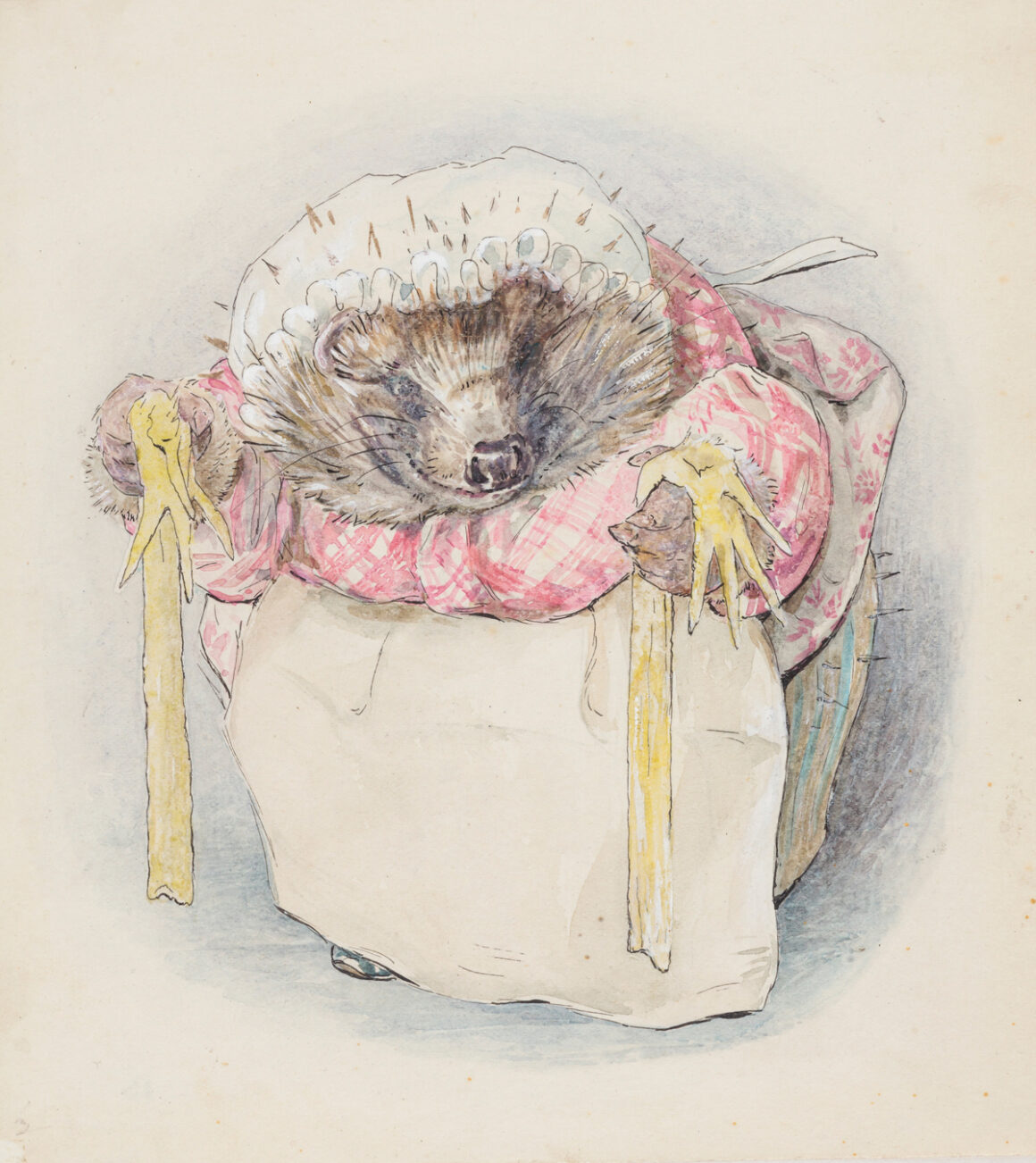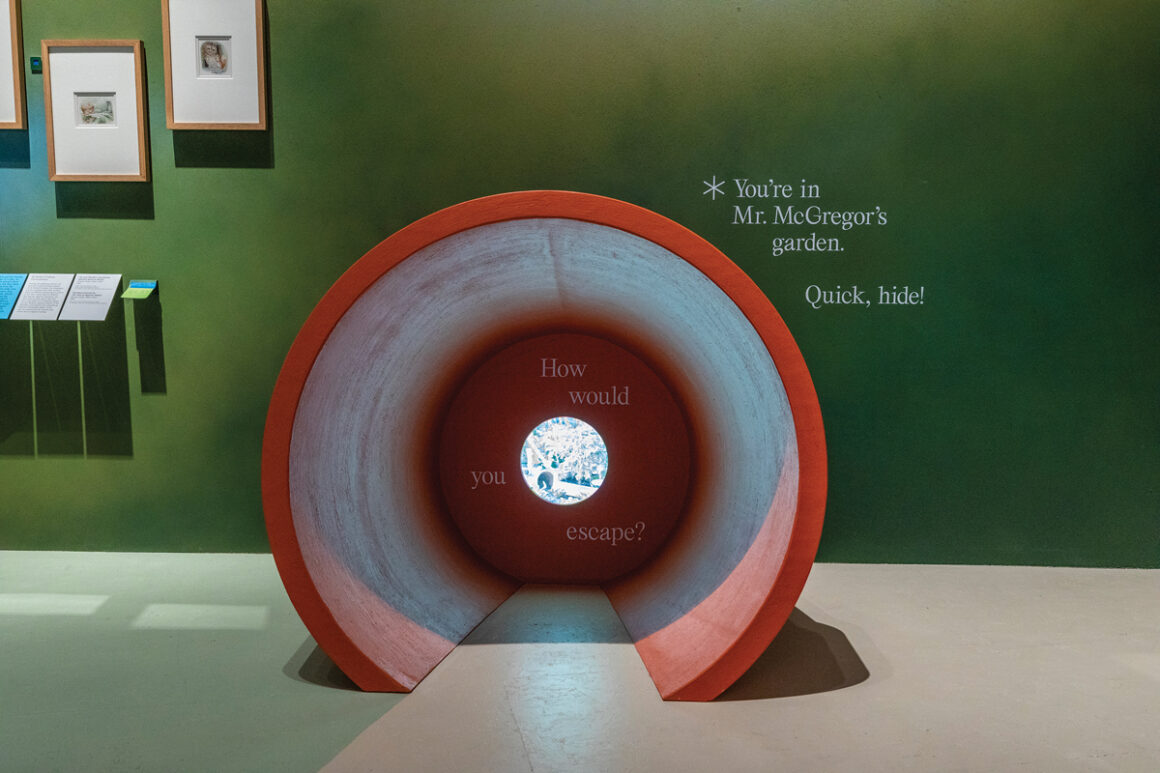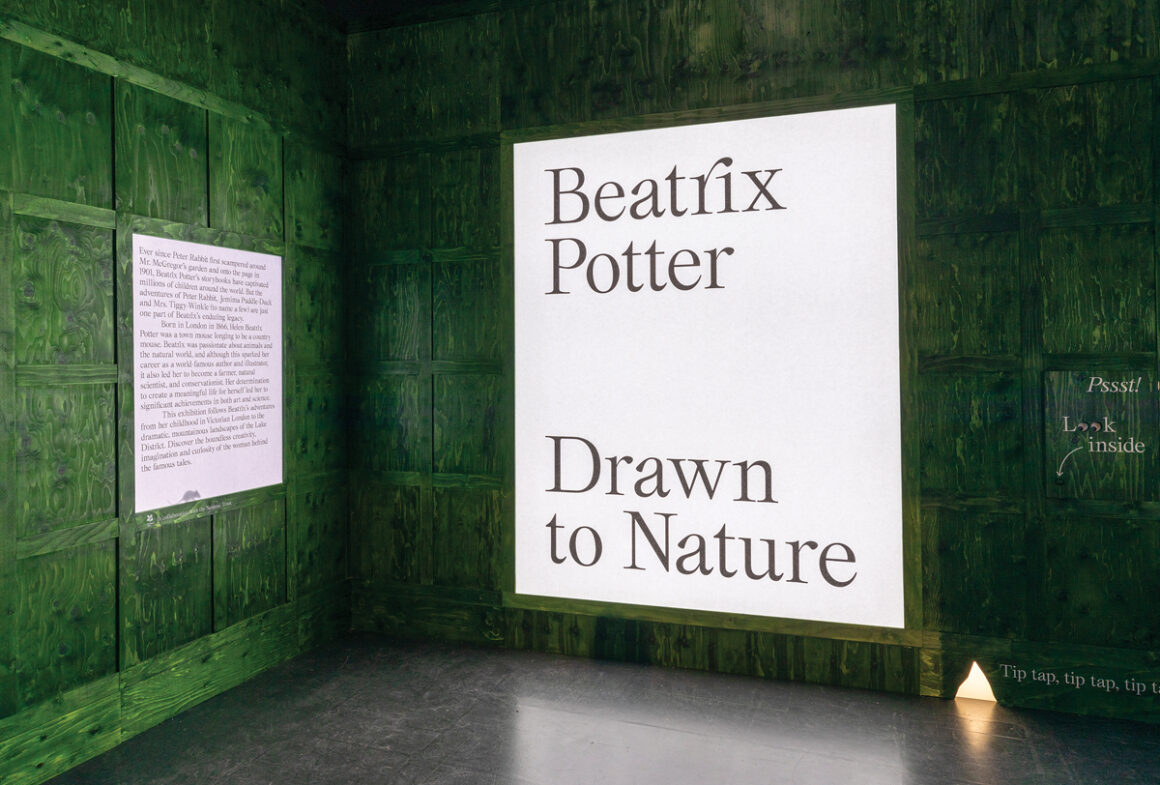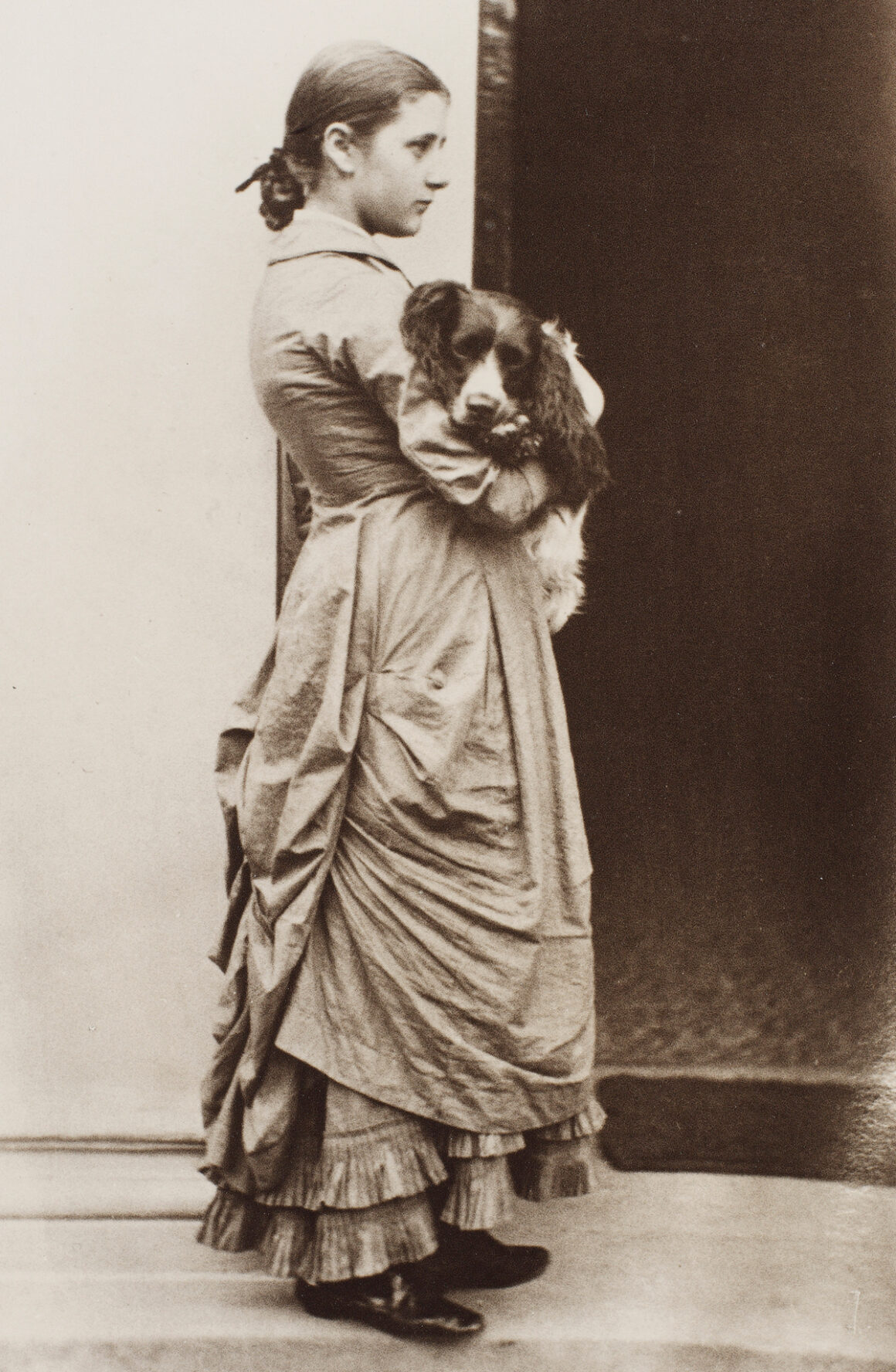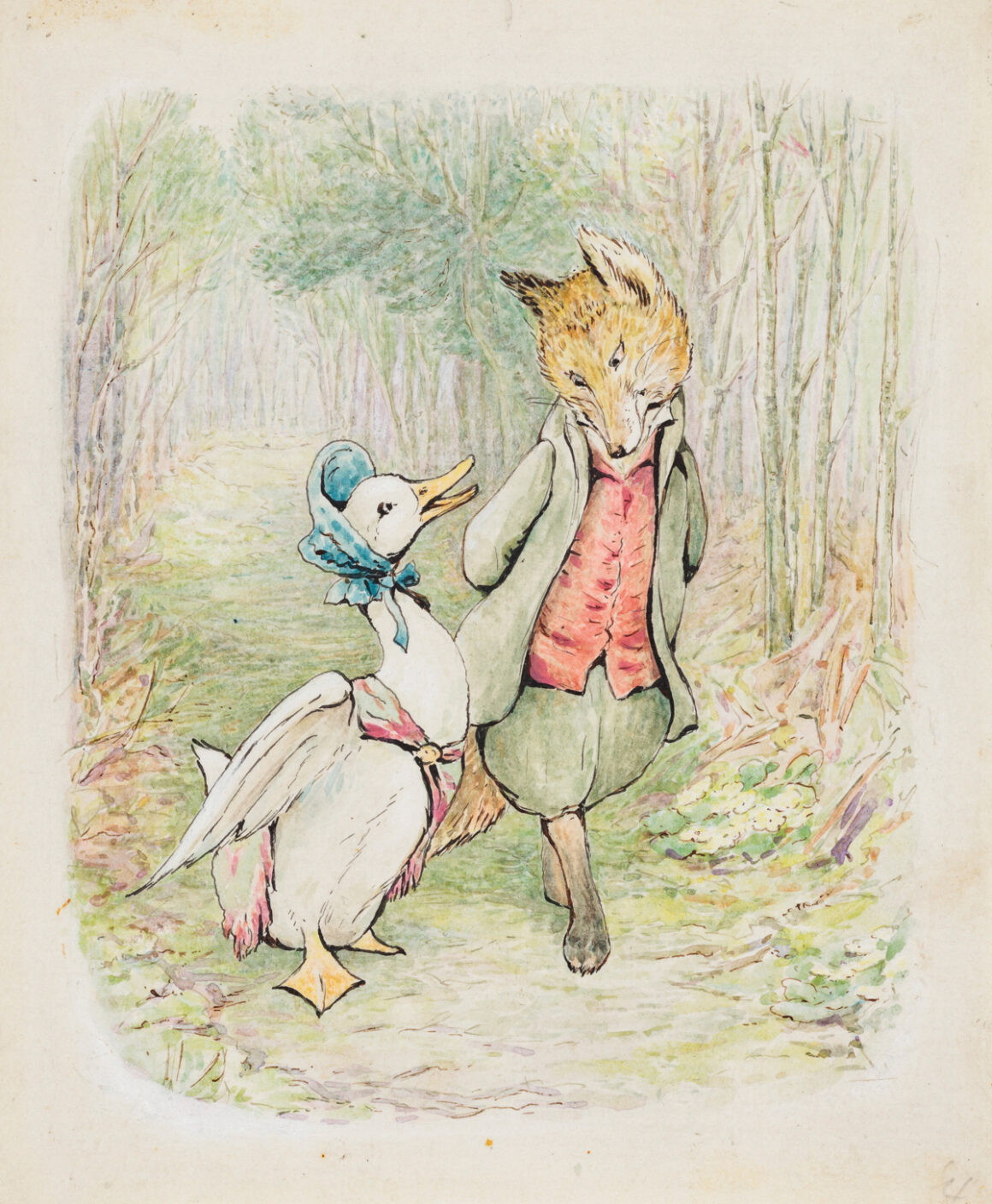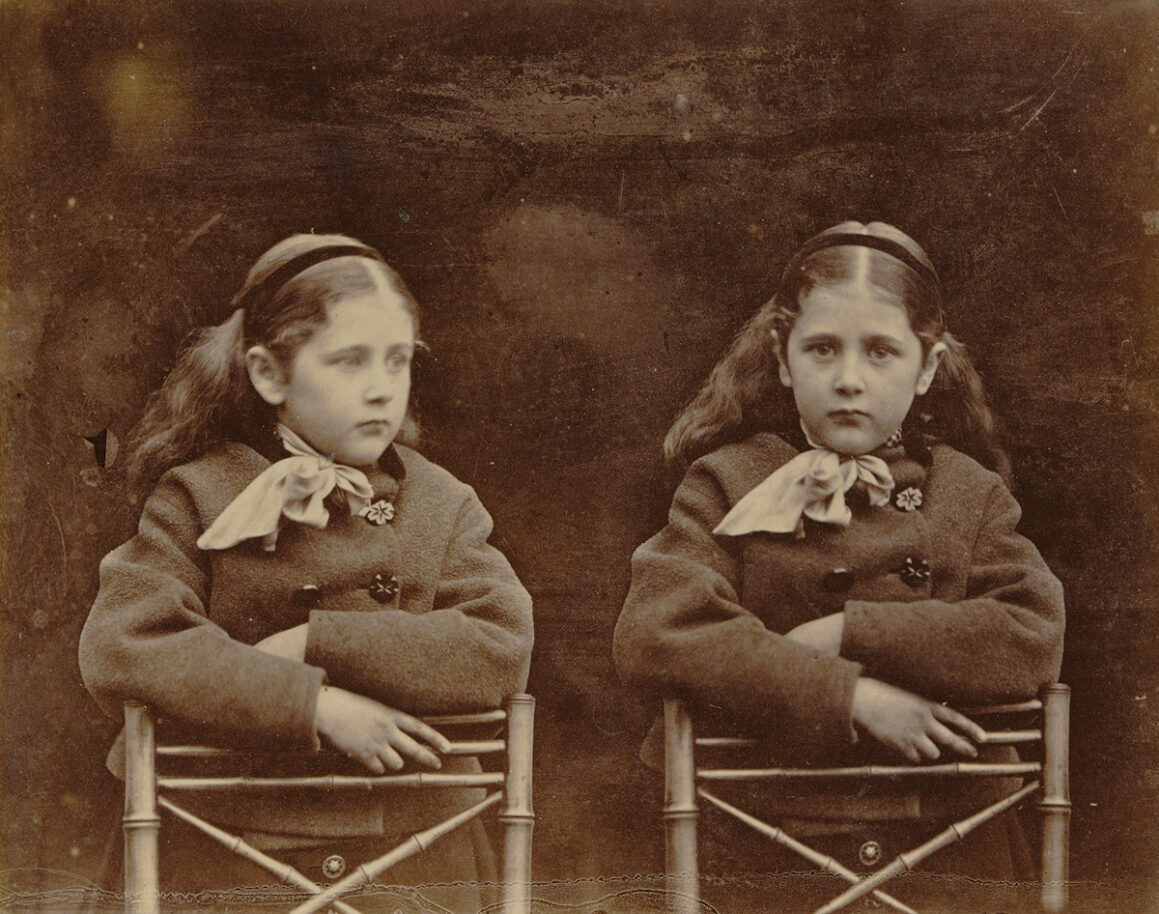Beatrix Potter: Drawn to nature
The Victoria and Albert Museum (often abbreviated as the V&A) in London is the world’s largest museum of applied arts, decorative arts, and design, housing a permanent collection of over 2.27 million objects. It was founded in 1852 and named after Queen Victoria and Prince Albert. The museum is situated in the Royal Borough of Kensington and Chelsea, in an area known as ‘Albertopolis’ because of its association with Prince Albert, the Albert Memorial and the Royal Albert Hall.
Mrs. Tiggy-Winkle artwork, November 1904 — July 1905. Watercolour and ink on paper. © National Trust Images
The V&A have been delivering landmark temporary exhibitions for many years and I have had the privilege of viewing some incredible shows in their galleries including the record-breaking Alexander McQueen in 2015 and DIOR in 2019. Beatrix Potter: Drawn to Nature is currently on display in The Porter Gallery. This exhibition, perfect for all the family, is no exception and bares all the hallmarks of the V&A’s incredible attention to detail and customer experience focus, including immersive film, interactive exhibits, and feature rooms.
“Beatrix Potter was a ‘town mouse’ longing to be a ‘country mouse’. Beatrix Potter: Drawn to Nature invites visitors to follow her journey from Victorian London to the Lake District fells. Many will be familiar with the extraordinary legacy of Potter’s storybooks, but in this exhibition, they will discover how her talent at making her characters real emerged from a long-standing curiosity for the small details of nature, which could have led her down a different career path. We hope to inspire the next generation of artists and storytellers, but also natural scientists, conservationists, and farmers. Potter’s story shows that through talent, passion and perseverance, life can take unexpected twists and turns and great things can grow from inconsequential beginnings.” – Annemarie Bilclough, Frederick
Warne Curator of Illustration at the V&A
Beatrix Potter, aged 15, with her dog, Spot, by Rupert Potter, c.1880 – 1. print on paper. Linder Bequest. ©Victoria and Albert Museum, London, courtesy Frederick Warne & Co Ltd.
The Tale of Jemima Puddle-Duck artwork, by Beatrix Potter, 1908. Watercolour and ink on paper. © National Trust Images
The exhibition brings together two of the world’s largest Beatrix Potter collections, held by the V&A and the National Trust, to tell her life story. It includes rarely seen objects, including personal letters written throughout Potter’s life, alongside family photographs, early sketchbooks, manuscripts, and scientific drawings.
Artworks from some of her most famous storybooks, including The Tale of Benjamin Bunny, The Tale of Mrs. Tiggy-Winkle and The Tale of Jemima Puddle-Duck feature alongside objects, and sketches of the real-life animals, places, art, and literature that inspired them. I found viewing these artworks particularly poignant, as they took me back to an earlier time in my life. Images so familiar from the covers of the books we all had as children and the prints you often see decorating children’s nurseries.
The exhibition also explores Beatrix Potter’s passion for animals and the natural world, including her study of fungi and the legacy of her conservation work in the Lake District. Across four sections, the exhibition follows her journey from London to the Lake District, where she eventually settled. The first section, Town and Country, provides a backdrop to her childhood in South Kensington in London; Under the Microscope highlights her interest in natural science; and A Natural Storyteller reveals her almost accidental journey to becoming a best-selling author; finally, Living Nature follows her to the Lake District and celebrates her profound impact on the natural landscape.
Family photograph album with photographs by Rupert Potter, dated 1868 – 86 © Victoria and Albert Museum, London
“We’re delighted to be working in partnership with the V&A to shine a light on the full life and legacy of a remarkable, multifaceted woman. The National Trust is proud to care for the items and places which were special to Beatrix. From Hill Top, her traditional Lake District farmhouse filled with trinkets and furniture and still presented as it was in Beatrix’s lifetime, to the vast Monk Coniston estate and fourteen traditional Lakeland farms with their flocks of Herdwick sheep. Thanks to her pioneering conservation efforts and generous bequest of her homes, farms, and land to the National Trust, we’re able to continue her legacy caring for the landscape, traditions and Lakeland way of life that inspired Beatrix so they can continue to inspire others.” – Helen Antrobus, Assistant National Curator at the National Trust.
The exhibition, in The Porter Gallery, is open now and runs until 8 January 2023. I highly recommend you visit. You won’t be disappointed.
Written by Lesley Samms MSc ANLP MAC FRSA Founder of Pure Arts Group .
www.vam.ac.uk/exhibitions/beatrix-potter-drawn-to-nature
